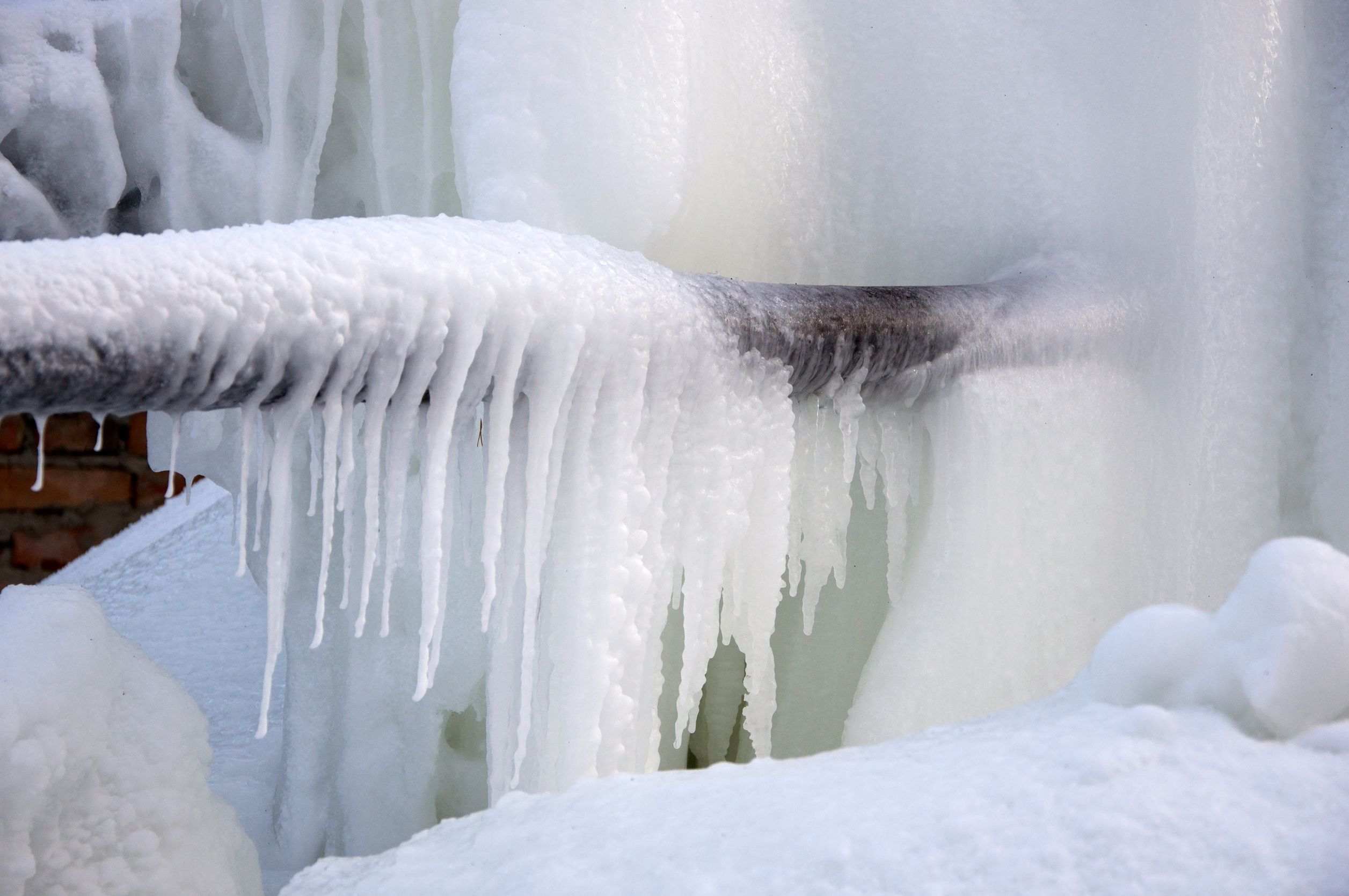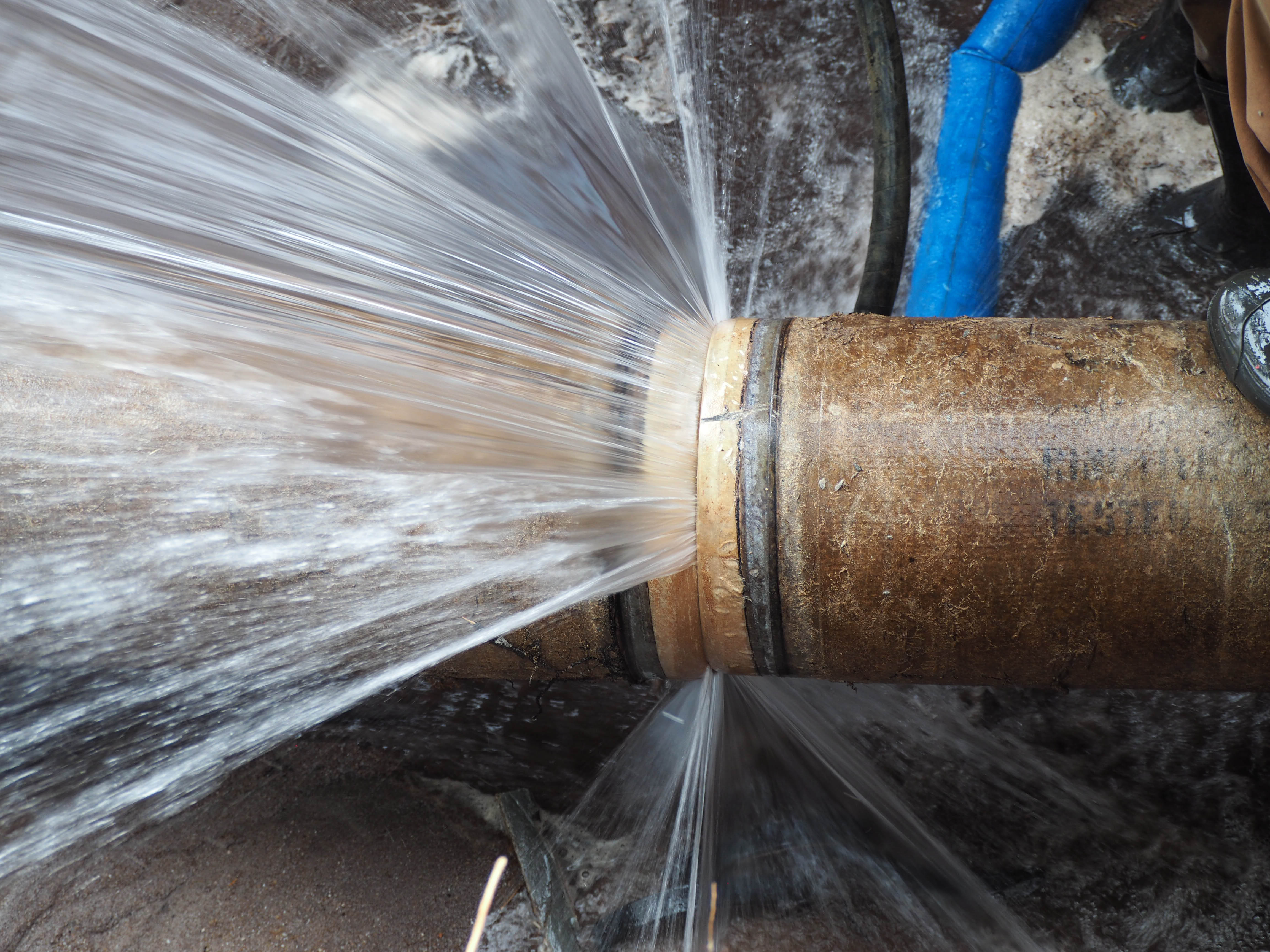Important Advice for Avoiding Frozen Pipes in Winter Conditions
Important Advice for Avoiding Frozen Pipes in Winter Conditions
Blog Article
We have noticed this article involving Prevent Frozen Pipes down the page on the internet and thought it made sense to relate it with you on this page.

Cold weather can wreak havoc on your plumbing, particularly by freezing pipelines. Right here's exactly how to prevent it from occurring and what to do if it does.
Introduction
As temperatures drop, the threat of frozen pipes boosts, possibly leading to pricey repairs and water damages. Understanding how to stop frozen pipelines is vital for home owners in chilly environments.
Understanding Icy Pipes
What creates pipelines to freeze?
Pipelines freeze when exposed to temperature levels below 32 ° F (0 ° C) for prolonged periods. As water inside the pipelines freezes, it broadens, taxing the pipeline wall surfaces and possibly triggering them to rupture.
Risks and damages
Frozen pipes can bring about supply of water disruptions, residential or commercial property damages, and pricey fixings. Burst pipelines can flooding homes and cause considerable structural damages.
Indications of Frozen Water Lines
Determining frozen pipes early can prevent them from bursting.
How to recognize frozen pipes
Try to find decreased water flow from faucets, uncommon smells or sounds from pipelines, and visible frost on subjected pipes.
Avoidance Tips
Protecting prone pipelines
Wrap pipelines in insulation sleeves or utilize warmth tape to secure them from freezing temperatures. Concentrate on pipes in unheated or outside areas of the home.
Home heating methods
Keep interior spaces sufficiently heated, particularly locations with pipes. Open closet doors to enable cozy air to flow around pipes under sinks.
Safeguarding Outside Plumbing
Garden hose pipes and exterior faucets
Separate and drain pipes yard pipes prior to winter. Set up frost-proof spigots or cover outdoor taps with shielded caps.
What to Do If Your Pipelines Freeze
Immediate actions to take
If you believe frozen pipes, maintain taps open to eliminate pressure as the ice thaws. Utilize a hairdryer or towels taken in warm water to thaw pipelines gradually.
Long-Term Solutions
Architectural adjustments
Consider rerouting pipes far from exterior walls or unheated locations. Add additional insulation to attics, cellars, and crawl spaces.
Updating insulation
Invest in high-grade insulation for pipes, attic rooms, and walls. Appropriate insulation helps preserve constant temperatures and lowers the threat of frozen pipelines.
Final thought
Avoiding icy pipelines needs aggressive steps and fast actions. By recognizing the causes, indications, and preventive measures, homeowners can secure their plumbing throughout winter.
6 Proven Ways to Prevent Frozen Pipes and Protect Your Home
Disconnect and Drain Garden Hoses
Before winter arrives, start by disconnecting your garden hoses and draining any remaining water. Close the shut-off valves that supply outdoor hose bibs and leave the outdoor faucet open to allow any residual water to drain. For extra protection, consider using faucet covers throughout the colder months. It’s also important to drain water from any sprinkler supply lines following the manufacturer’s directions.
Insulate Exposed Pipes
Insulating your pipes is an effective way to prevent freezing. Pipe insulation is readily available at home improvement stores and is relatively inexpensive. Pay close attention to pipes in unheated areas such as the attic, basement, crawl spaces, or garage. Apply foam insulation generously to create a buffer against the cold. You can also wrap your pipes in heat tape or thermostat-controlled heat cables for added warmth.
Seal Air Leaks
Inspect your home for any cracks or openings that could let in cold air. Seal any holes around the piping in interior or exterior walls, as well as the sill plates where your home rests on its foundation. Additionally, make sure to keep your garage door closed unless you’re entering or exiting. Leaving it open creates a significant air leak that can lead to frozen pipes.
Allow Warm Air Circulation
During cold snaps, it’s essential to allow warm air to circulate evenly throughout your home. Leave interior doors ajar to promote better airflow. Open kitchen and bathroom cabinets to help distribute heat consistently around the rooms. If you have small children or pets, be sure to remove any household chemicals or potentially harmful cleaners from open cabinets for safety.
Let Faucets Drip
A small trickle of water can make a big difference in preventing ice formation inside your pipes. When temperatures drop significantly, start a drip of water from all faucets served by exposed pipes. This continuous flow helps prevent the water from freezing. Additionally, running a few faucets slightly can relieve pressure inside the pipes, reducing the chances of a rupture if the water inside does freeze.
https://choateshvac.com/6-proven-ways-to-prevent-frozen-pipes-and-protect-your-home/

I am very fascinated by How to Prevent Your Pipes From Freezing and I really hope you appreciated our entry. Enjoyed our posting? Please quickly share it. Help others discover it. I praise you for your time. Please visit our blog back soon.
Click Here Report this page